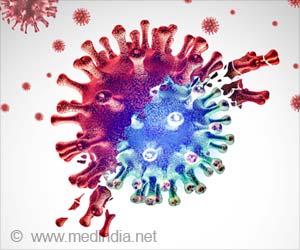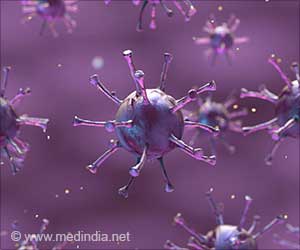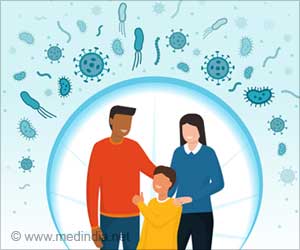There are seven 'forms of disease' in COVID-19 with mild disease course and that the disease leaves behind notable changes in the immune system, even after ten weeks. These findings could play a vital role in treating patients and in the development of a potent vaccine.

‘Acute SARS‐CoV‐2 infection leaves protracted beneficial and potentially harmful imprints in the cellular immune system in addition to the induction of specific antibody responses.
’





They identified seven groups of symptoms: 1)"flu-like symptoms" (with fever, chills, fatigue, and cough), 2) ("common cold-like symptoms" (with rhinitis, sneezing, dry throat, and nasal congestion), 3) "eye and mucosal inflammation," 4) "lung problems" (with pneumonia and shortness of breath), 5) "joint and muscle pain," 6) "gastrointestinal problems" (including diarrhea, nausea, and headache) and 7) "loss of sense of smell and taste and other symptoms." "In the latter group, we found that loss of smell and taste predominantly affects individuals with a 'young immune system,' measured by the number of immune cells (T lymphocytes) that have lately emigrated from the thymus gland. This means that we were able to distinguish systemic clearly (e.g., groups 1 and 3) from organ-specific forms (e.g., groups 6 and 7) of primary COVID-19 disease," states Pickl.
COVID-19 fingerprint in the blood
Simultaneously, the scientists established that coronavirus leaves behind long detectable changes in convalescents' blood, very similar to a fingerprint. For example, the number of granulocytes, which are otherwise responsible in the immune system for combating bacterial pathogens, is significantly lower than usual in the COVID-19 group.
Pickl explains: "However, both the CD4 and CD8 T cell compartment developed memory cells and CD8 T cells remained strongly activated, which indicates that the immune system is still intensively engaged with the disease several weeks after initial infection. At the same time, the regulatory cells are greatly diminished - and that is likely a dangerous mix, which could lead to autoimmunity."
Advertisement
"Our findings contribute to a better understanding of the disease and help us in the development of potential vaccines since we now have access to promising biomarkers and can perform even better monitoring," the investigators emphasize.









